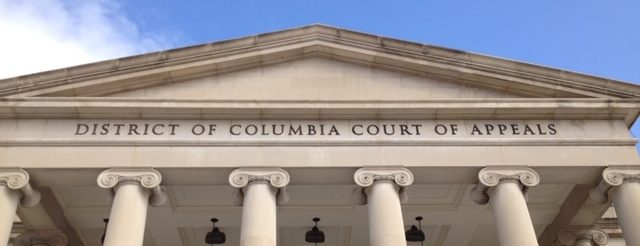
On the “missing evidence” jury instruction in Howard v. US
It took me a while to figure out when defending people charged with driving under the influence (DUI) that what police officers leave out from the police report is sometimes just as important as what they decide to put in. If it is relevant, for example, that the suspect smelled of alcohol and slurred his speech, it is also noteworthy that the officer made no mention of watery or red eyes, difficulty in getting in or out of the car or in producing the required license and registration, and so on. Subject only to the creativity of the defense lawyer (and the patience of the judge), the list of what the officer did not include is usually much longer than what is there.
This is, as someone has put it, reading the white spaces of the police report.
Emphasis on white space is the basis for challenging the government’s case at trial: The prosecution has not presented sufficient evidence to find the defendant guilty beyond reasonable doubt.
It is also consistent with the “missing evidence” jury instruction that is sometimes delivered at trial. As the D.C. Court of Appeals put it recently in Corey Howard v. United States, 241 A.3d 554 (D.C. 2020), this instruction “essentially creates evidence from non-evidence.”
After pulling over the defendant in Howard for a traffic violation, police officers observed the barrel of a firearm in plain view. They arrested the defendant and searched the car. Although they confiscated certain items that they believed might be relevant at trial (e.g., a job application with Howard’s name on it), they left other items found in the defendant’s backpack, including “a yellow thing,” a “silver item,” and a ‘green piece of material” that may have been a bag.
Defense counsel initially moved to dismiss the indictment because of the government’s failure to preserve evidence. Failing that, defense counsel asked for the “missing evidence” jury instruction at trial. The court also denied this request.
The “missing evidence” instructions informs jurors that they may infer from the failure to preserve evidence that it would be unfavorable to the party that failed to preserve it.
The party seeking the instruction must satisfy two criteria. First, the evidence must be likely to “elucidate the transaction at issue.” Second, the evidence must have been peculiarly available to the party against whom the adverse inference is sought to be drawn.
Howard found no abuse of the trial court’s discretion in this case to deny the request. The trial court was perfectly justified in ruling that the failure to preserve the items reflected nothing more than a practical decision with respect to “items that appeared, frankly, to be unimportant or even trash.” The “discarded items did not have apparent inculpatory or exculpatory value.” The officers photographed the contents of the bag. The remaining items were left with the defendant’s brother. And there were “no other indications of nefarious intent”; that is, bad faith or negligence.
